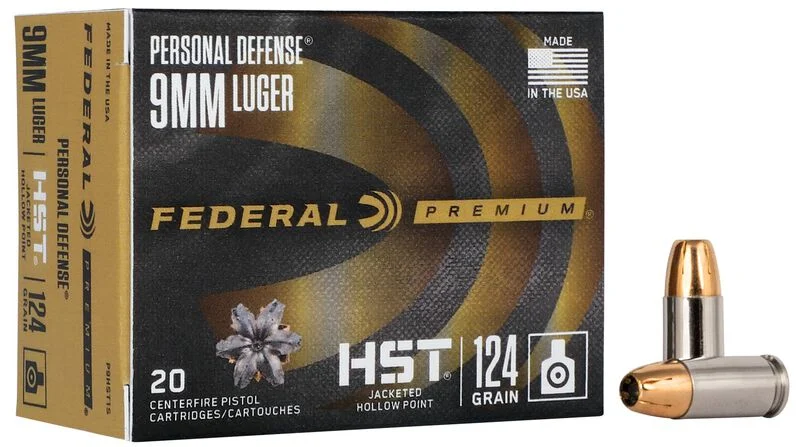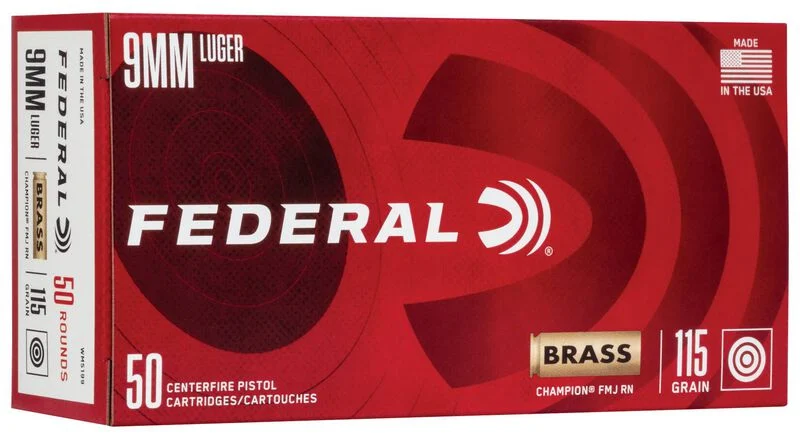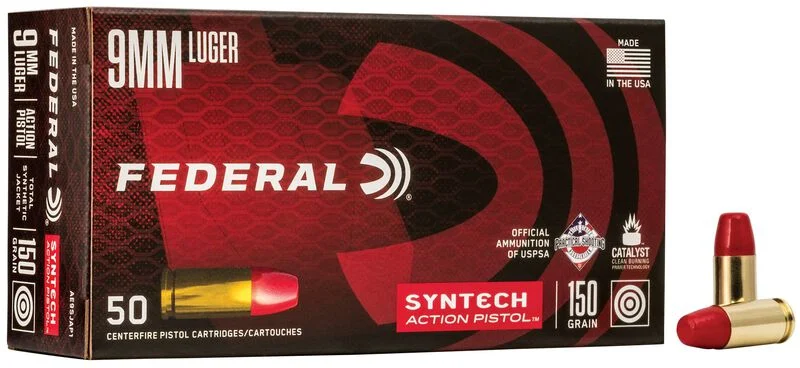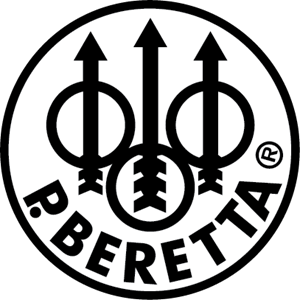The topic of barrel break-in has sparked endless debates in shooting circles. While some shooters swear by elaborate break-in procedures, others question their necessity entirely. Let’s examine the evidence and separate fact from fiction.
Understanding Barrel Manufacturing
Modern barrel manufacturing involves precision button rifling or cut rifling processes. After machining, the barrel’s internal surface contains microscopic imperfections. This is where the concept of break-in originates – the idea that initial rounds fired will help smooth these imperfections.
Common Break-In Myths
Myth #1: Extensive Cleaning Between Shots is Necessary
Many traditional break-in procedures call for cleaning between every shot for the first 5-10 rounds, then every 3-5 shots for the next 20. However, evidence suggests this aggressive cleaning can actually be counterproductive, potentially causing more wear than necessary.
Myth #2: Break-In Determines Ultimate Accuracy
While proper break-in may help a barrel reach its potential sooner, it doesn’t fundamentally alter the barrel’s inherent accuracy. A quality barrel will shoot well regardless of break-in procedure, while a poor barrel won’t be saved by even the most meticulous break-in.
What Manufacturers Say
Notable barrel manufacturers have surprisingly diverse recommendations:
- Krieger Barrels recommends a simple, moderate approach
- Bartlein suggests minimal special procedures
- Some manufacturers recommend no specific break-in at all
The Evidence-Based Approach
Research and testing suggest that modern manufacturing techniques have largely eliminated the need for elaborate break-in procedures. Here’s what actually matters:
Temperature Management
- Allow barrel to cool between strings
- Avoid rapid-fire during first 100 rounds
- Monitor barrel temperature during initial use
Fouling Patterns
- Initial copper fouling is normal and often beneficial
- Observe how your barrel performs as copper fouling develops
- Clean only when accuracy deteriorates
Practical Break-In Procedure
Based on current data, here’s a sensible approach:
- Initial Inspection
- Clean barrel thoroughly before first use
- Check for any manufacturing debris
- First Range Session
- Fire 3-shot groups
- Allow cooling between groups
- Clean after 15-20 rounds only if accuracy drops
- Subsequent Sessions
- Monitor accuracy
- Clean only when needed
- Keep detailed records
Signs of Proper Break-In
A properly broken-in barrel will exhibit:
- Consistent accuracy
- Predictable fouling patterns
- Stable point of impact
- Easy cleaning
Maintenance After Break-In
Long-term care matters more than initial break-in:
- Clean based on accuracy, not round count
- Use appropriate cleaning solutions
- Avoid aggressive cleaning tools
- Monitor accuracy trends
Record Keeping
Document the following during break-in:
- Shot count
- Group sizes
- Cleaning intervals
- Ammunition used
- Weather conditions
Conclusion
Modern barrel manufacturing has largely eliminated the need for complex break-in procedures. Focus instead on:
- Temperature management
- Proper cleaning techniques
- Accuracy documentation
- Regular maintenance
Let your barrel’s performance guide your maintenance schedule rather than following rigid, unproven break-in procedures. Keep good records, monitor accuracy, and clean when needed rather than following arbitrary round counts.
Remember: The goal is to develop a maintenance routine that works for your specific barrel and shooting style. No single procedure works best for all situations.


















